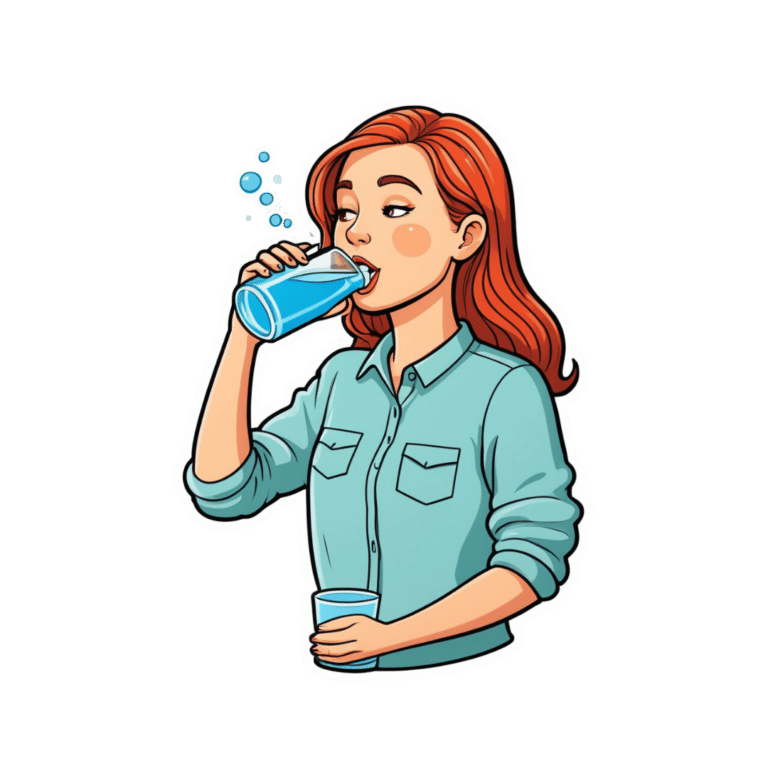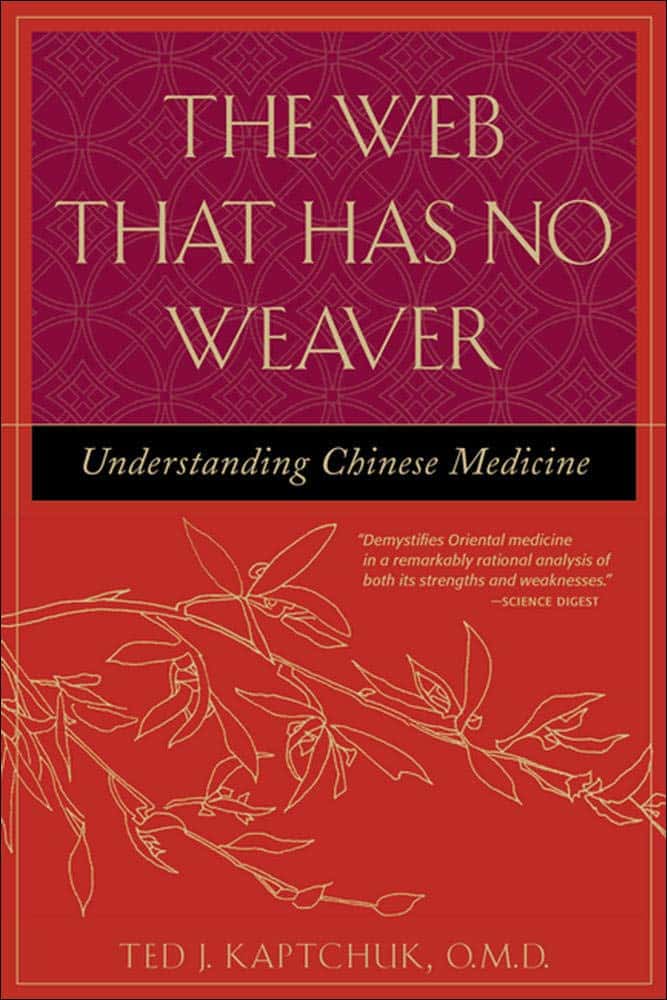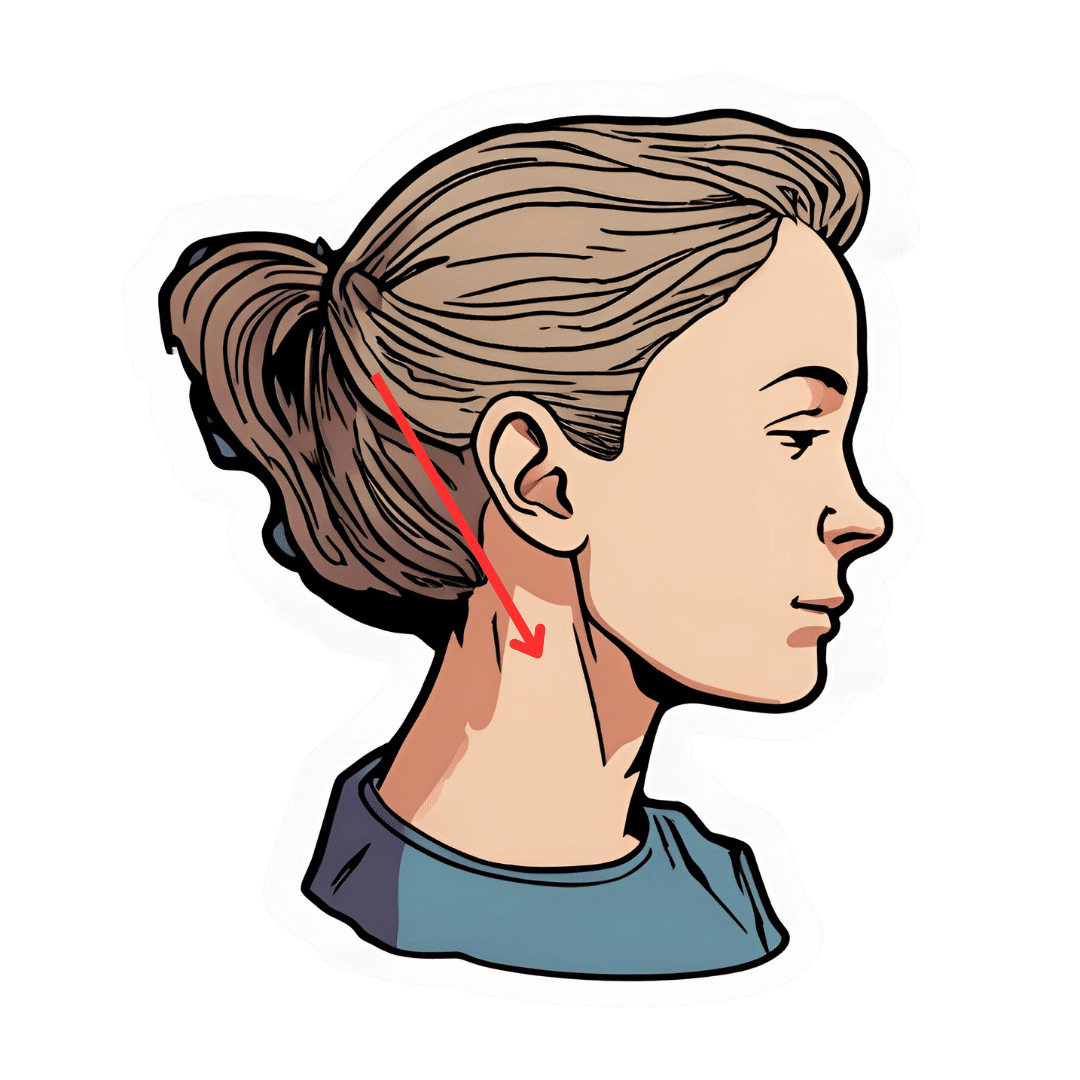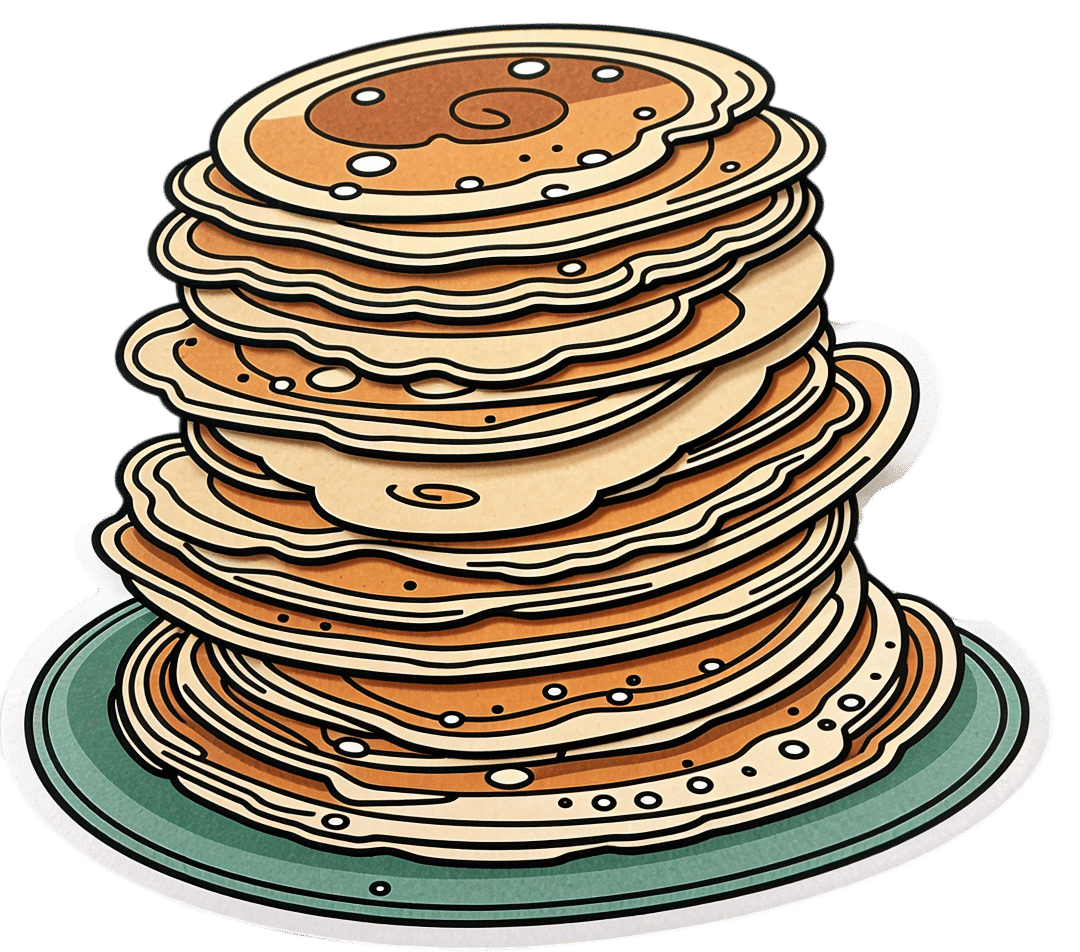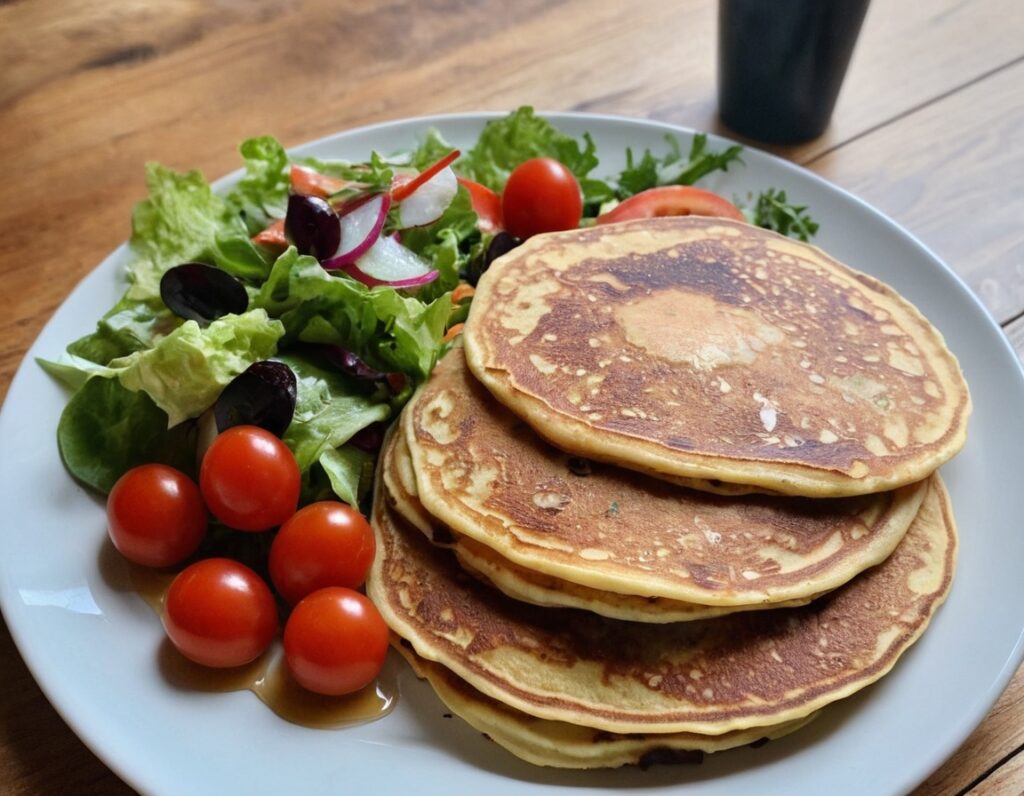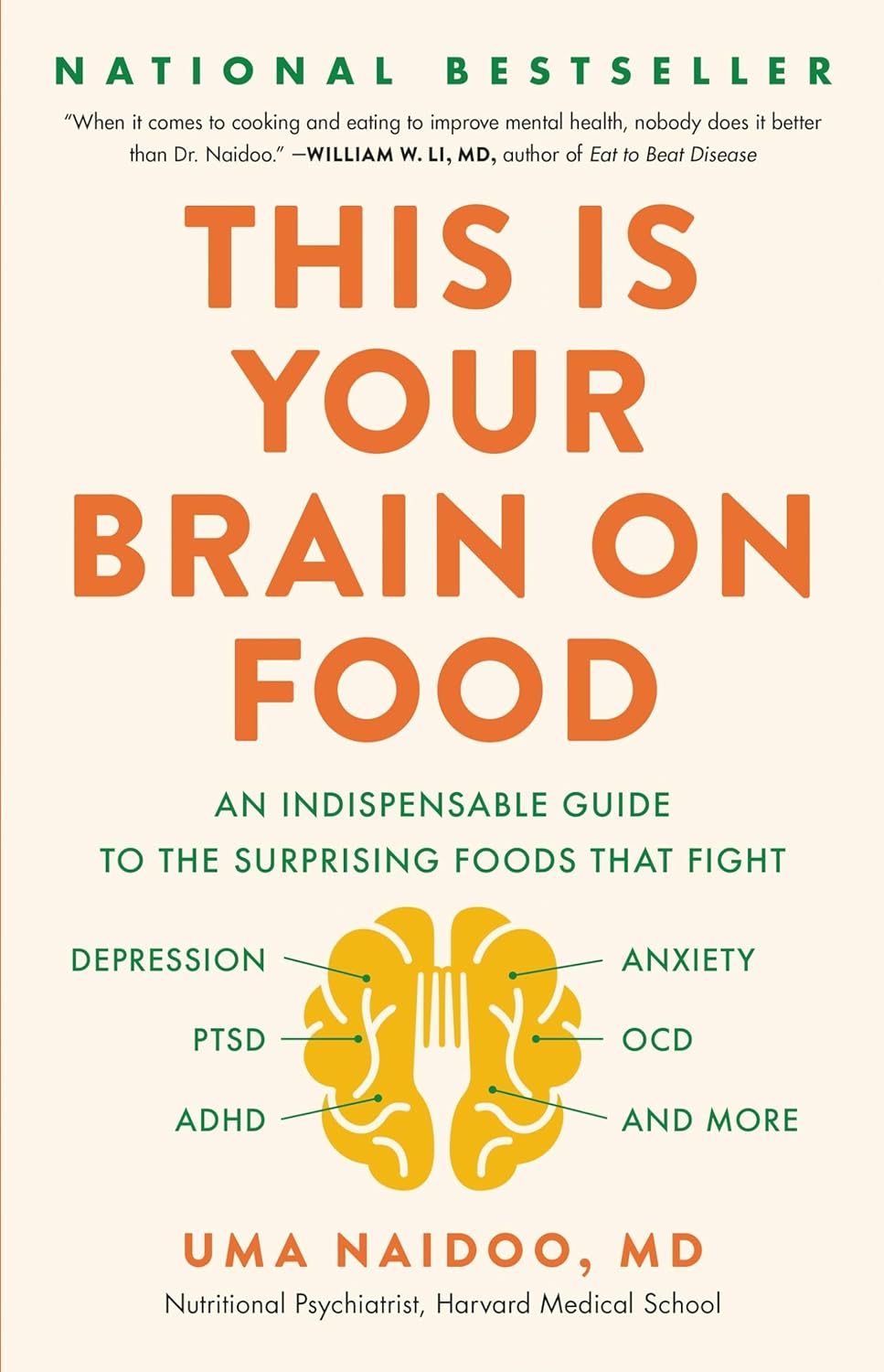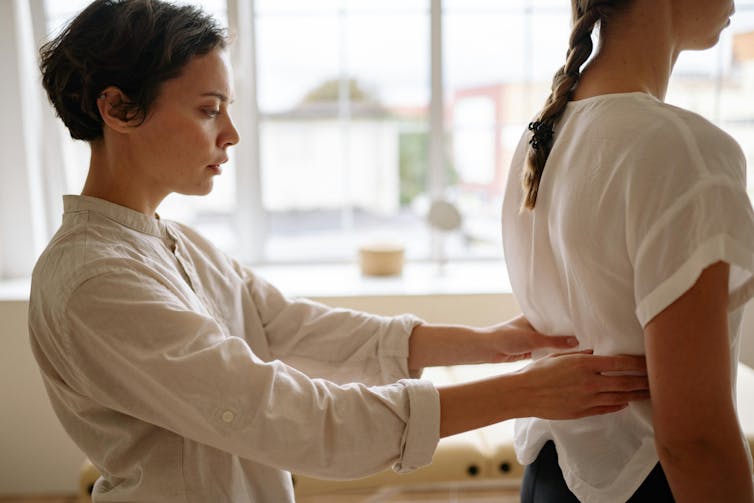
Curious Kids: what are the main factors in forming someone’s personality?
10almonds is reader-supported. We may, at no cost to you, receive a portion of sales if you purchase a product through a link in this article.
“What are the main factors in forming someone’s personality?” – Emma, age 10, from Shanghai
Hello Emma, and thank you for this very interesting question!
Let’s start by exploring what we mean by personality. Have you noticed no two people are completely alike? We all see, experience, and understand the world in different ways.
For example, some people love spending time with friends and being the centre of attention, whereas other people are more shy and enjoy having time to themselves.
Your unique personality is shaped by your genes as well as various influences in your environment. And your personality plays an important role in how you interact with the world.
The big five
Did you know there are scientists who spend time researching personality? Their research is concerned with describing the ways people differ from each other, and understanding how these differences could be important for other parts of life such as our health and how well we do in school or at work.
There are many different perspectives on personality. A widely accepted viewpoint based on a lot of research is called the five factor model or the “big five”. According to this theory, a great deal of a person’s personality can be summarised in terms of where they sit on five dimensions, called traits:
- the introversion-extraversion trait refers to how much someone is outgoing and social (extroverted) or prefers being with smaller groups of friends or focusing on their own thoughts (introverted)
- agreeableness captures how much someone tends to be cooperative and helps others
- openness to experience refers to how much a person is creative and enjoys experiencing new things
- neuroticism describes a person’s tendency to experience negative feelings, like worrying about things that could go wrong
- conscientiousness encompasses how much a person is organised, responsible, and dedicated to things that are important to them, like schoolwork or training for a sports team.
A person can have high, low, or moderate levels of each of these traits. And understanding whether someone has higher or lower levels of the big five can tell us a lot about how we might expect them to behave in different situations.
So what shapes our personalities?
A number of factors shape our personalities, including our genes and social environment.
Our bodies are made up of many very small structures called cells. Within these cells are genes. We inherit genes from our parents, and they carry the information needed to make our bodies and personalities. So, your personality may be a bit like your parents’ personalities. For example, if you’re an outgoing sort of person who loves to meet new people, perhaps one or both of your parents are very social too.
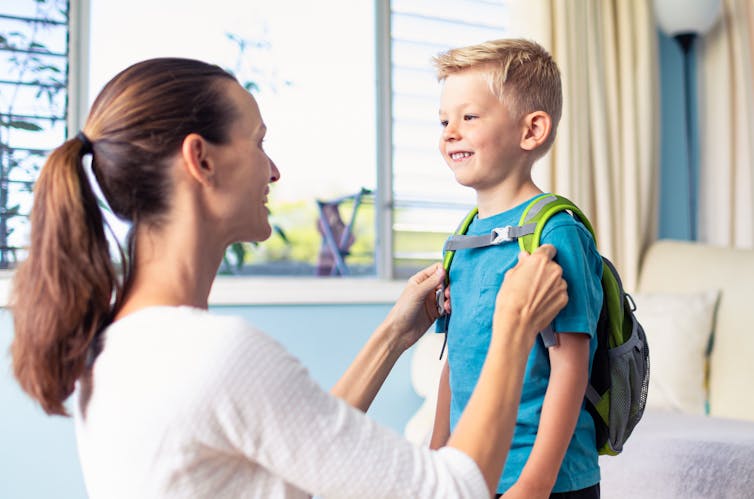
KieferPix/Shutterstock
Personalities are also affected by our environment, such as our experiences and our relationships with family and friends. For example, some research has shown our relationships with our parents can influence our personality. If we have loving and warm relationships, we may be more agreeable and open. But if our relationships are hurtful or stressful, this may increase our neuroticism.
Another study showed that, over time, young children who were more physically active were less introverted (less shy) and less likely to get very upset when things don’t go their way, compared to children who were less physically active. Although we don’t know why this is for sure, one possible explanation is that playing sport leads to reduced shyness because it introduces children to different people.
While we’re learning more about personality development all the time, research in this area presents quite a few challenges. Many different biological, cultural and environmental influences shape our development, and these factors can interact with each other in complex ways.
Is our personality fixed once we become adults?
Although we develop most of our personality when we are young, and people’s personalities tend to become more stable as they get older, it is possible for aspects of a person’s personality to change, even when they are fully grown.
A good example of this can be seen among people who seek treatment for conditions like anxiety or depression. People who respond well to working with a psychologist can show decreases in neuroticism, indicating they become less likely to worry a lot or feel strong negative feelings when something stressful happens.
Hello, Curious Kids! Do you have a question you’d like an expert to answer? Ask an adult to send your question to mailto:curiouskids@theconversation.edu.au
Tim Windsor, Professor, Director, Generations Research Initiative, College of Education, Psychology and Social Work, Flinders University and Natalie Goulter, Lecturer, College of Education, Psychology and Social Work, Flinders University
This article is republished from The Conversation under a Creative Commons license. Read the original article.
Don’t Forget…
Did you arrive here from our newsletter? Don’t forget to return to the email to continue learning!
Recommended
Learn to Age Gracefully
Join the 98k+ American women taking control of their health & aging with our 100% free (and fun!) daily emails:
-
The Web That Has No Weaver – by Ted Kaptchuk
10almonds is reader-supported. We may, at no cost to you, receive a portion of sales if you purchase a product through a link in this article.
At 10almonds we have a strong “stick with the science” policy, and that means peer-reviewed studies and (where such exists) scientific consensus.
However, in the spirit of open-minded skepticism (i.e., acknowledging what we don’t necessarily know), it can be worth looking at alternatives to popular Western medicine. Indeed, many things have made their way from Traditional Chinese Medicine (or Ayurveda, or other systems) into Western medicine in any case.
“The Web That Has No Weaver” sounds like quite a mystical title, but the content is presented in the cold light of day, with constant “in Western terms, this works by…” notes.
The author walks a fine line of on the one hand, looking at where TCM and Western medicine may start and end up at the same place, by a different route; and on the other hand, noting that (in a very Daoist fashion), the route is where TCM places more of the focus, in contrast to Western medicine’s focus on the start and end.
He makes the case for TCM being more holistic, and it is, though Western medicine has been catching up in this regard since this book’s publication more than 20 years ago.
The style of the writing is very easy to follow, and is not esoteric in either mysticism or scientific jargon. There are diagrams and other illustrations, for ease of comprehension, and chapter endnotes make sure we didn’t miss important things.
Bottom line: if you’re curious about Traditional Chinese Medicine, this book is the US’s most popular introduction to such, and as such, is quite a seminal text.
Click here to check out The Web That Has No Weaver, and enjoy learning about something new!
Share This Post
-
The Vagus Nerve’s Power for Weight Loss
10almonds is reader-supported. We may, at no cost to you, receive a portion of sales if you purchase a product through a link in this article.
Dr. Arun Dhir is a university lecturer, a gastrointestinal surgeon, an author, and a yoga and meditation instructor, and he has this to say:
Gut feelings
The vagus nerve is the 10th cranial nerve, also known as “vagus” (“the wanderer”), because it travels from the brain to many other body parts, including the ears, throat, heart, respiratory system, gut, pancreas, liver, and reproductive system. It’s no surprise then, that it plays a key role in brain-gut communication and metabolism regulation.
The vagus nerve is part of the parasympathetic nervous system, responsible for rest, digestion, and counteracting the stress response. Most signals through the vagus nerve travel from the gut to the brain, though there is communication in both directions.
You may be beginning to see how this works and its implications for weight management: the vagus nerve senses metabolites from the liver, pancreas, and small intestine, and regulates insulin production by stimulating beta cells in the pancreas, which is important for avoiding/managing insulin resistance and metabolic syndrome in general.
Dr. Dhir cites a study in which vagus nerve stimulation (originally used for treating epilepsy and depression) was shown to cause unintentional weight loss (6-11%) in patients, revealing a link to weight management. Of course, that is quite a specific sample, so more research is needed to say for sure, but because the principle is very sound and the mechanism of action is clear, it’s not being viewed as a controversial conclusion.
As for how get these benefits, here are seven ways:
- Cold water on the face: submerge your face in cold water in the morning while holding water in your mouth, or cover your face with a cold wet washcloth (while holding your breath please; no need to waterboard yourself!), which activates the “mammalian dive response” in which your body activates the parasympathetic nervous system in order to remain calm and thus survive for longer underwater
- Alternate hot and cold showers: switch between hot and cold water during showers for 10-second intervals; this creates eustress and activates the process of hormesis, improving your overall stress management and reducing any chronic stress response you may otherwise have going on
- Humming and gargling: the vibrations in the throat stimulate the nearby vagus nerve
- Deep breathing (pranayama): yoga breathing exercises, especially combined with somatic exercises such as the sun salutation, can stimulate the vagus nerve
- Intermittent fasting: helps recalibrate the metabolism and indirectly improves vagus nerve function
- Massage and acupressure: stimulates lymphatic channels and the vagus nerve
- Long walks in nature (“forest bathing”): helps trigger relaxation in general
For more on all of this, enjoy:
Click Here If The Embedded Video Doesn’t Load Automatically!
Want to learn more?
You might also like to read:
The Vagus Nerve (And How You Can Make Use Of It)
Take care!
Share This Post
-
Mineral-Rich Mung Bean Pancakes
10almonds is reader-supported. We may, at no cost to you, receive a portion of sales if you purchase a product through a link in this article.
Mung beans are rich in an assortment of minerals, especially iron, copper, phosphorus, and magnesium. They’re also full of protein and fiber! What better way to make pancakes healthy?
You will need
- ½ cup dried green mung beans
- ½ cup chopped fresh parsley
- ½ cup chopped fresh dill
- ¼ cup uncooked wholegrain rice
- ¼ cup nutritional yeast
- 1 tsp MSG, or 2 tsp low-sodium salt
- 2 green onions, finely sliced
- 1 tbsp extra virgin olive oil
Method
(we suggest you read everything at least once before doing anything)
1) Soak the mung beans and rice together overnight.
2) Drain and rinse, and blend them in a blender with ¼ cup of water, to the consistency of regular pancake batter, adding more water (sparingly) if necessary.
3) Transfer to a bowl and add the rest of the ingredients except for the olive oil, which latter you can now heat in a skillet over a medium-high heat.
4) Add a few spoonfuls of batter to the pan, depending on how big you want the pancakes to be. Cook on both sides until you get a golden-brown crust, and repeat for the rest of the pancakes.
5) Serve! As these are savory pancakes, you might consider serving them with a little salad—tomatoes, olives, and cucumbers go especially well.
Enjoy!
Want to learn more?
For those interested in some of the science of what we have going on today:
- Why You’re Probably Not Getting Enough Fiber (And How To Fix It)
- What’s The Deal With MSG?
- All About Olive Oils: Is “Extra Virgin” Worth It?
Take care!
Share This Post
Related Posts
-
The Immunostimulant Superfood –
10almonds is reader-supported. We may, at no cost to you, receive a portion of sales if you purchase a product through a link in this article.
First, what this book is not: a “detox cleanse” book of the kind that claims you can flush out the autism if you just eat enough celery.
What it rather is: an overview brain chemistry, gut microbiota, and the very many other bodily systems that interact with these “two brains”.
She also does some mythbusting of popular misconceptions (for example with regard to tryptophan), and explains with good science just what exactly such substances as gluten and casein can and can’t do.
The format is less of a textbook and more a multipart (i.e., chapter-by-chapter) lecture, in pop-science style though, making it very readable. There are a lot of practical advices too, and options to look up foods by effect, and what to eat for/against assorted mental states.
Bottom line: anyone who eats food is, effectively, drugging themselves in one fashion or another—so you might as well make a conscious choice about how to do so.
Click here to check out This Is Your Brain On Food, and choose what kind of day you have!
Don’t Forget…
Did you arrive here from our newsletter? Don’t forget to return to the email to continue learning!
Learn to Age Gracefully
Join the 98k+ American women taking control of their health & aging with our 100% free (and fun!) daily emails:
-
Elon Musk says ‘disc replacement’ worked for him. But evidence this surgery helps chronic pain is lacking
10almonds is reader-supported. We may, at no cost to you, receive a portion of sales if you purchase a product through a link in this article.
Last week in a post on X, owner of the platform Elon Musk recommended people look into disc replacement if they’re experiencing severe neck or back pain.
According to a biography of the billionaire, he’s had chronic back and neck pain since he tried to “judo throw” a 350-pound sumo wrestler in 2013 at a Japanese-themed party for his 42nd birthday, and blew out a disc at the base of his neck.
In comments following the post, Musk said the surgery was a “gamechanger” and reduced his pain significantly.
Musk’s original post has so far had more than 50 million views and generated controversy. So what is disc replacement surgery and what does the evidence tells us about its benefits and harms?
What’s involved in a disc replacement?
Disc replacement is a type of surgery in which one or more spinal discs (a cushion between the spine bones, also known as vertebrae) are removed and replaced with an artificial disc to retain movement between the vertebrae. Artificial discs are made of metal or a combination of metal and plastic.
Disc replacement may be performed for a number of reasons, including slipped discs in the neck, as appears to be the case for Musk.
Disc replacement is major surgery. It requires general anaesthesia and the operation usually takes 2–4 hours. Most people stay in hospital for 2–7 days. After surgery patients can walk but need to avoid things like strenuous exercise and driving for 3–6 weeks. People may be required to wear a neck collar (following neck surgery) or a back brace (following back surgery) for about 6 weeks.
Costs vary depending on whether you have surgery in the public or private health system, if you have private health insurance, and your level of coverage if you do. In Australia, even if you have health insurance, a disc replacement surgery may leave you more than A$12,000 out of pocket.
Disc replacement surgery is not performed as much as other spinal surgeries (for example, spinal fusion) but its use is increasing.
In New South Wales for example, rates of privately-funded disc replacement increased six-fold from 6.2 per million people in 2010–11 to 38.4 per million in 2019–20.
What are the benefits and harms?
People considering surgery will typically weigh that option against not having surgery. But there has been very little research comparing disc replacement surgery with non-surgical treatments.
Clinical trials are the best way to determine if a treatment is effective. You first want to show that a new treatment is better than doing nothing before you start comparisons with other treatments. For surgical procedures, the next step might be to compare the procedure to non-surgical alternatives.
Unfortunately, these crucial first research steps have largely been skipped for disc replacement surgery for both neck and back pain. As a result, there’s a great deal of uncertainty about the treatment.
There are no clinical trials we know of investigating whether disc replacement is effective for neck pain compared to nothing or compared to non-surgical treatments.
For low back pain, the only clinical trial that has been conducted to our knowledge comparing disc replacement to a non-surgical alternative found disc replacement surgery was slightly more effective than an intensive rehabilitation program after two years and eight years.
Many people experience chronic pain. Yan Krukau/Pexels Complications are not uncommon, and can include disclocation of the artificial disc, fracture (break) of the artificial disc, and infection.
In the clinical trial mentioned above, 26 of the 77 surgical patients had a complication within two years of follow up, including one person who underwent revision surgery that damaged an artery leading to a leg needing to be amputated. Revision surgery means a re-do to the primary surgery if something needs fixing.
Are there effective alternatives?
The first thing to consider is whether you need surgery. Seeking a second opinion may help you feel more informed about your options.
Many surgeons see disc replacement as an alternative to spinal fusion, and this choice is often presented to patients. Indeed, the research evidence used to support disc replacement mainly comes from studies that compare disc replacement to spinal fusion. These studies show people with neck pain may recover and return to work faster after disc replacement compared to spinal fusion and that people with back pain may get slightly better pain relief with disc replacement than with spinal fusion.
However, spinal fusion is similarly not well supported by evidence comparing it to non-surgical alternatives and, like disc replacement, it’s also expensive and associated with considerable risks of harm.
Fortunately for patients, there are new, non-surgical treatments for neck and back pain that evidence is showing are effective – and are far cheaper than surgery. These include treatments that address both physical and psychological factors that contribute to a person’s pain, such as cognitive functional therapy.
While Musk reported a good immediate outcome with disc replacement surgery, given the evidence – or lack thereof – we advise caution when considering this surgery. And if you’re presented with the choice between disc replacement and spinal fusion, you might want to consider a third alternative: not having surgery at all.
Giovanni E Ferreira, NHMRC Emerging Leader Research Fellow, Institute of Musculoskeletal Health, University of Sydney; Christine Lin, Professor, Institute for Musculoskeletal Health, University of Sydney; Christopher Maher, Professor, Sydney School of Public Health, University of Sydney; Ian Harris, Professor of Orthopaedic Surgery, UNSW Sydney, and Joshua Zadro, NHMRC Emerging Leader Research Fellow, University of Sydney
This article is republished from The Conversation under a Creative Commons license. Read the original article.
Don’t Forget…
Did you arrive here from our newsletter? Don’t forget to return to the email to continue learning!
Learn to Age Gracefully
Join the 98k+ American women taking control of their health & aging with our 100% free (and fun!) daily emails:
-
MSG vs. Salt: Sodium Comparison
10almonds is reader-supported. We may, at no cost to you, receive a portion of sales if you purchase a product through a link in this article.
It’s Q&A Day at 10almonds!
Q: Is MSG healthier than salt in terms of sodium content or is it the same or worse?
Great question, and for that matter, MSG itself is a great topic for another day. But your actual question, we can readily answer here and now:
- Firstly, by “salt” we’re assuming from context that you mean sodium chloride.
- Both salt and MSG do contain sodium. However…
- MSG contains only about a third of the sodium that salt does, gram-for-gram.
- It’s still wise to be mindful of it, though. Same with sodium in other ingredients!
- Baking soda contains about twice as much sodium, gram for gram, as MSG.
Wondering why this happens?
Salt (sodium chloride, NaCl) is equal parts sodium and chlorine, by atom count, but sodium’s atomic mass is lower than chlorine’s, so 100g of salt contains only 39.34g of sodium.
Baking soda (sodium bicarbonate, NaHCO₃) is one part sodium for one part hydrogen, one part carbon, and three parts oxygen. Taking each of their diverse atomic masses into account, we see that 100g of baking soda contains 27.4g sodium.
MSG (monosodium glutamate, C₅H₈NO₄Na) is only one part sodium for 5 parts carbon, 8 parts hydrogen, 1 part nitrogen, and 4 parts oxygen… And all those other atoms put together weigh a lot (comparatively), so 100g of MSG contains only 12.28g sodium.
Don’t Forget…
Did you arrive here from our newsletter? Don’t forget to return to the email to continue learning!
Learn to Age Gracefully
Join the 98k+ American women taking control of their health & aging with our 100% free (and fun!) daily emails:

